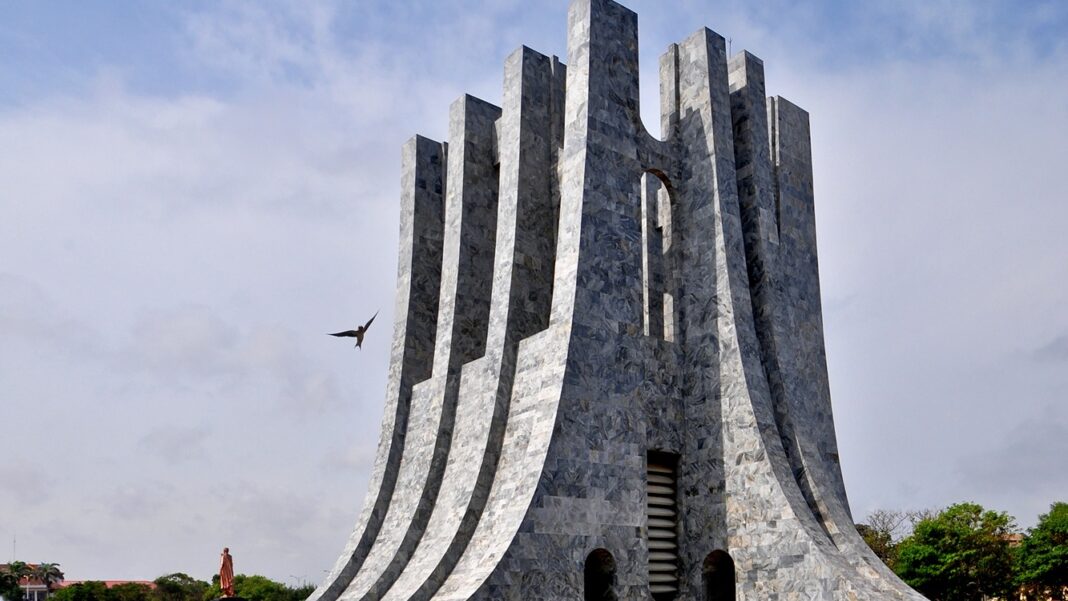Ghana is a country of black history that flows from the colonial days where slavery was the norm of the day and and the art of war was a must.
This new era is done with the slavery but when the whites came and colonized Ghana they left behind a history that can never be forgotten and today we forge those history into museums where they will stay to remind in our minds and remind us of who we are and where we came from.
Visiting museums is surely a characteristic of back packers who love to travel the world and learn cultures of other countries and so here is a list i made up for the best museums to definitely see when you hit the shores of Ghana.
Elmina Castle
To learn about the story of slavery , this is the best place to be . History has it that Elmina castle was erected by the Portuguese in 1482 as São Jorge da Mina (St. George of the Mine) Castle, also known simply as Mina or Feitoria da Mina) in present-day Elmina, Ghana (formerly the Gold Coast). It was the first trading post built on the Gulf of Guinea, so is the oldest European building in existence south of the Sahara. First established as a trade settlement, the castle later became one of the most important stops on the route of the Atlantic slave trade. The Dutch seized the fort from the Portuguese in 1637, and took over all the Portuguese Gold Coast in 1642. The slave trade continued under the Dutch until 1814; in 1872, the Dutch Gold Coast, including the fort, became a possession of the British Empire.
Britain granted the Gold Coast its independence in 1957, and control of the castle was transferred to the nation formed out of the colony, present-day Ghana. Today Elmina Castle is a popular historical site.
Inside the castle has countless rooms where slaves were held and sold off, those rooms were called the room of doom because once you enter inside there was no way of returning.
Kwame Nkrumah Mausoleum
The Kwame Nkrumah Museum is located in the capital city of Ghana and houses the remains of the late and first president of the republic of Ghana with his wife Fathia Nkrumah by his side .
The mausoleum is clad from top to bottom with Italian marble, with a black star at its apex to symbolize unity. The interior of the Mausoleum boasts marble flooring and a mini mastaba looking marble grave marker surrounded by river washed rocks.
A skylight at the top in the Mausoleum illuminates the grave, and at the right time, seems to reflect off the marble further emphasizing that beauty many have come to fall in love with.
The Mausoleum is surrounded by water which is a symbol of life. Its presence conveys a sense of immortality for the name Nkrumah. It shows that even in death he lives on in the hearts and minds of generations here and generations yet to come.
Manhyia Palace Museum
The Manhyia Palace museum is located in Kumasi in the Ashanti region of Ghana and its the official residence of the Ashanti king .
First established in 1925 as a private residence for Asantehene Agyeman Prempeh I (who had been returning from almost three decades of exile), the Museum currently provides fair insight into the culture of Ashantiland and Ghana’s cultural legacy from before its colonization by Great Britain. It primarily serves “to commemorate (the Ashanti people‘s) own kings, queens and leaders and to communicate the riches of their history and culture to future generations” and generally features video presentations and key historical items pertaining to Ashantiland and Ghana’s ancestry. It was rehabilitated in 1995 at about 12,000 cedis and subsequently reopened to the public on August 12 of that year by Otumfuo Opoku Ware II, the 15th King as part of his Silver Jubilee celebration.
You can have almost access to all the residence but you are not allowed to take pictures of the inside of the musuem , so its like a kiss and tell no one affair.









